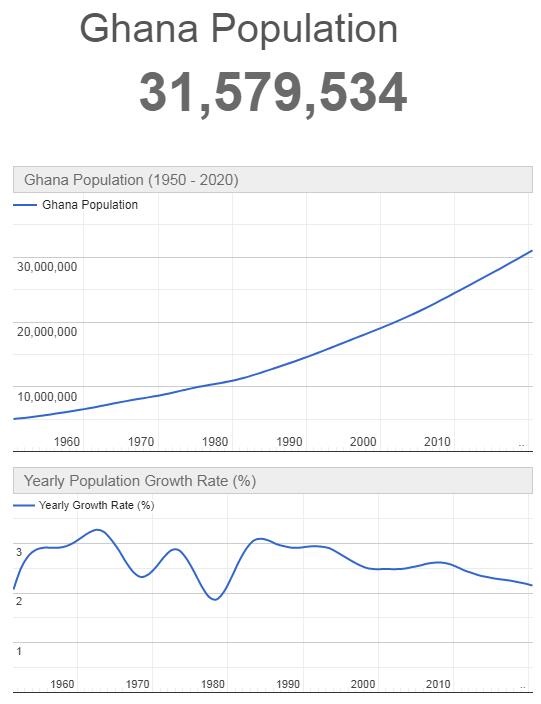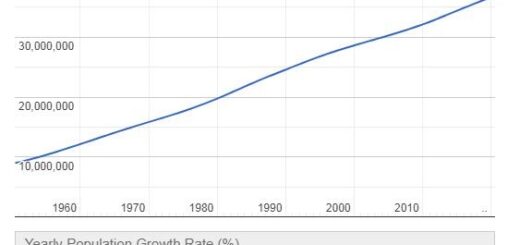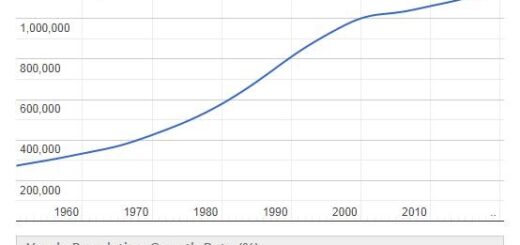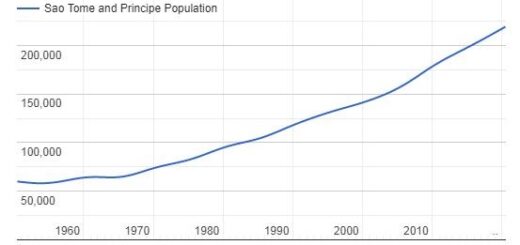Ghana 2001
Yearbook 2001
Ghana. The newly elected President John Kufuor took office in January. He immediately struck a bitter tone, explaining that the tough economic situation would require sacrifices by the people.
After only a month, he dismissed the sports minister since he lost a $ 45,000 cash portfolio, which the football team would receive if it won a World Cup qualifier.
In a gesture intended to bridge more than 20 years of masked military rule, Kufuor promised that the remains of eight generals executed in 1979 would be unearthed and buried. The generals, including three former presidents, had been executed on orders by Kufuor’s predecessor Jerry Rawlings.
The army also highlighted that Rawlings epoch was definitely over by pronouncing unreserved support for Kufuor and withdrawing Rawling’s military bodyguard.
- Abbreviationfinder: lists typical abbreviations and country overview of Ghana, including bordering countries, geography, history, politics, and economics.
Country data
Area: 238,537 km2 (world ranking: 80)
Population: 28,834,000
Population density: 121 per km2 (as of 2017, world ranking: 49)
Capital: Accra
Official languages: English
Gross domestic product: 47.3 billion US $; Real growth: 8.5%
Gross national product (GNP, per resident and year): 1490 US$
Currency: 1 Ghana Cedi (GHcent) = 100 Ghana Pesewas
Embassy
Stavangerstr. 17, 10439 Berlin
Telephone 030 5471490,
Fax 030 4467063 www.ghanaemberlin.de
Government
Head of State and Government: Nana Addo Dankwa Akufo-Addo, Head of State and Government: Mahamudu Bawumia, Exterior: Shirley Ayorkor Botchway
National holiday: 6.3.
Administrative structure
10 regions
State and form of government
Constitution of 1993
Presidential republic (in the Commonwealth)
Parliament with 275 members, election every 4 years
Direct election of the head of state every 4 years (one-time re-election)
Suffrage from 18 years of age
Population: Ghanaians, last census 2010: 24,658. 823 residents,
mainly Kwa and Gur groups, Mande, Hausa, Fulbe
Cities (with population): (as of 2010) Accra 2,070,463 residents, Kumasi 2,035,064, Tamale 371,351, Takoradi 311,206, Sekondi 228,342, Ashaiman 190,972, Cape Coast 169,894, Obuasi 143,644, Tema 139,784, Koforidua 120,971
Religions: 71% Christians (Catholics, Methodists, Anglicans, Presbyterians, Baptists, charismatic movements), 18% Muslims, 5% followers of indigenous religions and others (as of 2006)
Languages: English; Kwa and Gur languages; Ful, Nzima
Employees by economic sector: no information
Unemployment (in% of all economically active persons)
no information
Inflation rate (in%): 2017: 12.4%
Foreign trade: Import: 12.6 billion US $ (2017); Export: US $ 13.5 billion (2017)
Climate
Ghana is a tropical country, so it has no seasons, but an alternation between rainy and dry seasons. Almost equally long days and nights determine life.
The climate in the humid south with its evergreen rainforest areas can be roughly distinguished from the drier north with its tree savannah, shrub savannah and grass savannah in the northernmost part. The harmattan, a trade wind blowing from the northeast, determines the dry season between November and February.
The rains in the rainy season come from the West African monsoons. Most of the precipitation falls in the extreme southwest of the country on the coast (over 2,000 mm per year). The annual rainfall is around 1,000 mm in the north and up to 2,200 mm in the western coast near the city of Axim. In the capital Accra, it barely reaches 800 mm.
Population 2001
According to Countryaah, the population of Ghana in 2001 was 21,814,531, ranking number 49 in the world. The population growth rate was 2.500% yearly, and the population density was 95.8717 people per km2.



